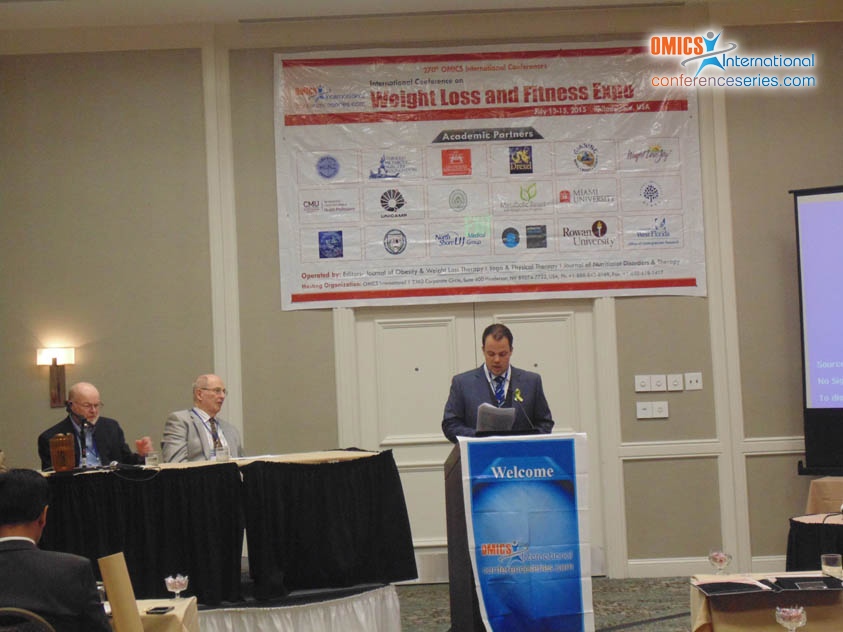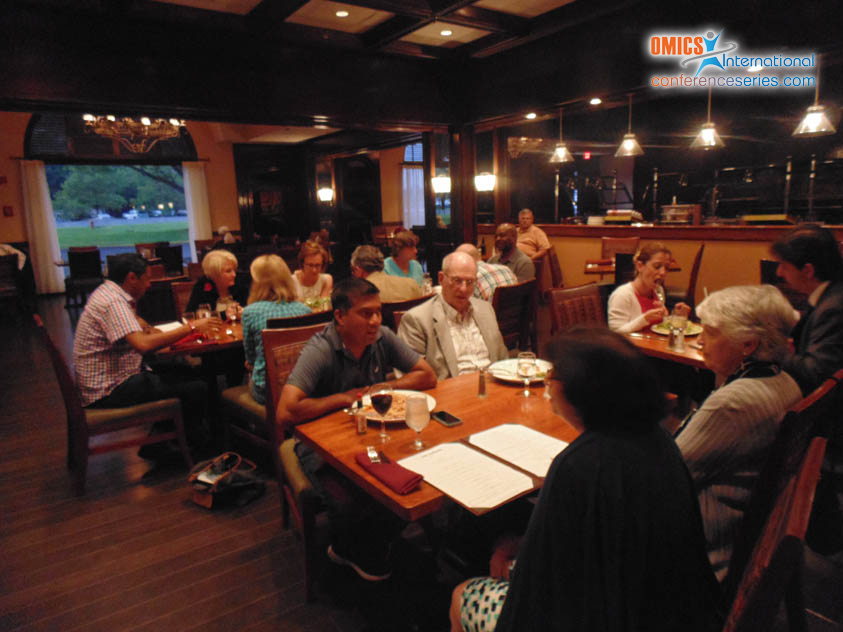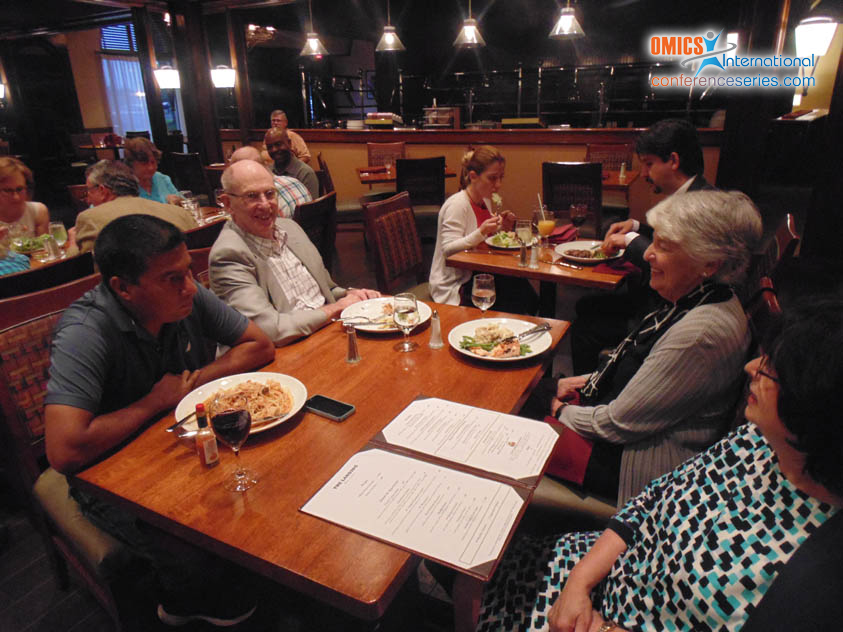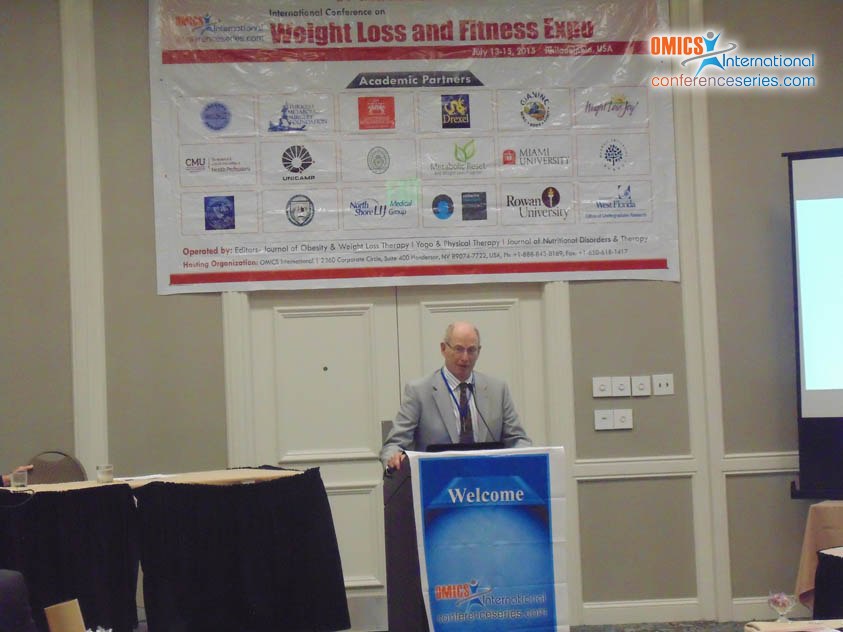
Biography
Biography: Marvin A Sackner
Abstract
Contrary to popular belief that good health is achieved by intense exercise to reduce or maintain body weight, light to moderate aerobic exercise is far more important for a healthy life style. During exercise, increased blood flow produces frictional drag on endothelial cells (shear stress) which mechanically deforms them causing release of beneficial mediators into the circulation. Intense exercise masks such benefits owing to large accumulation of tissue-destructive free oxygen radicals. Laminar or steady shear stress is confined to laboratory investigations of endothelial cells and not physiologic relevant. Unidirectional pulsatile shear stress (PSS) has varying magnitudes over the cardiac cycle due to the changing pulse wave. Oscillatory shear stress may occur at vessel bifurcations, is bidirectional and pro-atherosclerotic. Increased PSS is achieved from increased pulse frequency during running or jogging with added pulses from feet-striking the ground. In humans, PSS can be non-invasively induced by a) external counter-pulsation, b) whole body periodic acceleration and c) simulated jogging while seated by passively and rapidly tapping the soles placed on motorized pedals against a rigid surface (Non-FDA regulated Wellness Product). Mediators produced by increased PSS include nitric oxide, prostacyclin, SIRT1, and tPA with the following properties: 1) anti-atherosclerotic, 2) anti-thrombotic, 3) vasodilator, 4) anti-oxidant, 5) anti-inflammatory, 6) minimization I/R injury, 7) anti-diabetogenic, 8) reverse ventricular remodeling, 9) increased coronary and brain blood flow, 10) mobilization EPCs, 11) reversal endothelial dysfunction, 12) anti-ageing, 13) increased brain neurotrophic factors. Aided PSS promotes wellness in disabled individuals and those 80% of Americans unwilling to exercise






